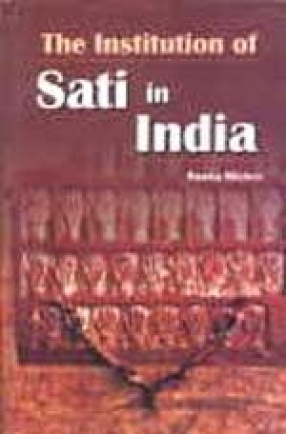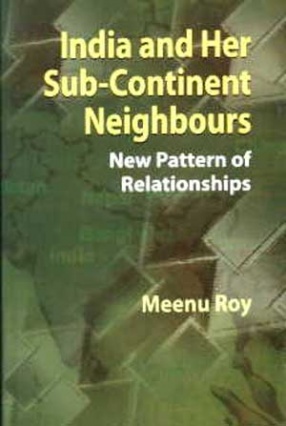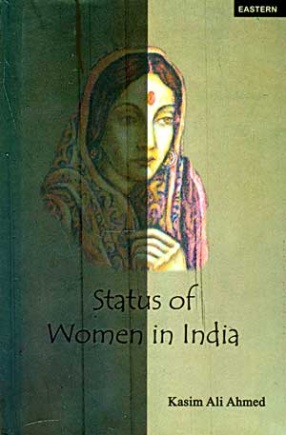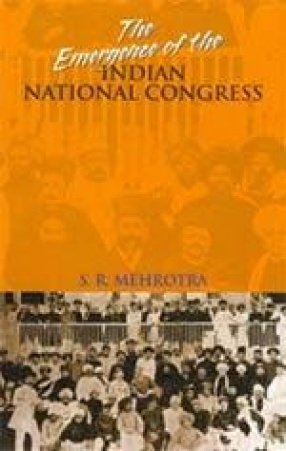Sati is a funeral practice among some Hindu communities in which a recently-widowed woman would immolate herself on her husband’s funeral pyre. Voluntary death at funerals has been described in Northern India before the Gupta Empire. The original practices were called anumarana, and were uncommon. Anumarana was not comparable to later understandings of sati, since the practices were not restricted to widows–rather, anyone, male or female, with personal loyalty to the deceased could commit suicide at a loved one’s funeral. These included the deceased’s relatives, servants, followers, or friends. Sometimes these deaths stemmed from vows of loyalty. Sahamarana, was the generally accepted and widely practiced form of sati, in which the widows used to burn themselves alongwith the dead body of their husbands. By about the 10 century sati, as understood today, was known across much of the subcontinent. It continued to occur, usually at a low frequency and with regional variations, until the early 19 century. From about 1812, the Raja Rammohan Roy started his own campaign against the practice. He was motivated by the experience of seeing his own sister-in-law commit sati. Among his actions, he visited Calcutta cremation grounds to persuade widows not to so die, formed watch groups to do the same, and wrote and disseminated articles to show that it was not required by scripture. On 4 December 1829, the practice was formally banned in the Bengal presidency lands, by the then governor, Lord William Bentinck.
India and Her Sub-Continent Neighbours: New Pattern of Relationships
The post cold war period and ...
$58.50
$65.00





There are no reviews yet.